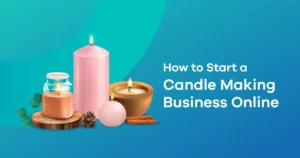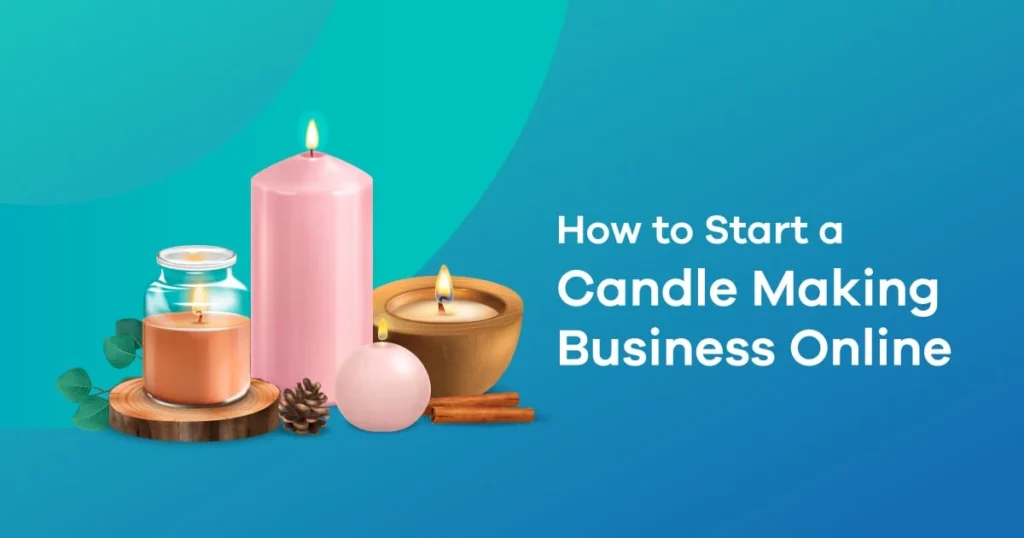How to Start a Candle Company
How to Start a Candle Company Starting a candle company can be very lucrative, but it also requires much ingenuity and good financial sense. The following tips will help you to establish your own candle business, be it for the sake of enjoying making unique fragrances or to cash in on the thriving home décor market.
First Step: Conduct market research.
Understand the industry of candles: consumer preferences, market trends, and rivalry. Then, identify a target market group in which your candles should be positioned, considering their unique features that will make them stand out from the competitors in custom designs, such as distinctive scents or eco-friendly materials.
The second step will be to develop a business plan.
Your company’s objective, target market, product line, marketing approach, and financial predictions are all included in a comprehensive business plan. This will serve as both your operating instructions and a source of funding if needed.
Step 3: Name and Type of Organization for Your Business
Name your business with a unique but relevant name. A business needs to be classified as a corporation, limited liability company, partnership, or sole proprietorship. Obtain necessary licenses and permits. Register the business. MEDIUM

Step 4: Locate Equipment and Materials
Acquire from reliable suppliers containers, wicks, wax, and scents. Choose the best substance available: for example, paraffin, beeswax, or soy, listing the advantages and disadvantages of each. Buy good-quality packaging and machinery for pouring candles and melting wax.
Step 5: Product Portfolio Development
Create a product line of candles your target market will enjoy. You will probably want to offer different sizes and fragrances in various types of packaging. Quality control: test your products to ensure consistency in both appearance and quality. Take your specialty and use it to your advantage in creating a unique brand.
Step 6: Become an Online Vendor
Get a trustworthy website that has e-commerce capabilities and display your candles to potential clients. Leverage social media in reaching out to your target market and creating awareness for your brand. You may sell your products online through the use of clear images of the products and the product description.
Step 7: Marketing Strategy
Advertise your candles using influencer relations, local events, and the internet. This might attract customers through the offer of promotions, discounts, and other forms of concessions on various products. Reviews can be perpetuated with a view to winning goodwill and customer referrals.
Step 8: Launch and Monitor Outcomes
Organize a launch party or an online marketing campaign where you will be presenting your candles to the world. Monitor website sales, reviews, and statistics to see how it is performing.
Be prepared to make any changes necessary based on market conditions or customer feedback.
FAQs
Q1: What are the startup costs for a candle company?
A: Startup costs can vary but typically range from $1,000 to $10,000, depending on the scale of production and marketing efforts. Costs include materials, equipment, packaging, and website development.
Q2: What types of candles are most popular?
A: Popular types include scented candles, soy candles, beeswax candles, and decorative candles. Trends often shift based on consumer preferences for eco-friendly and unique products.
Q3: Do I need a special license to sell candles?
A: You may need a business license and must comply with local regulations regarding product labeling and safety. Check with your local government for specific requirements.
Q4: How can I differentiate my candle brand?
A: Focus on unique scents, eco-friendly materials, bespoke designs, or a compelling brand story. Quality and branding are key differentiators in the candle market.
Q5: How can I scale my candle business?
A: Scale your business by expanding your product line, increasing production capacity, partnering with retailers, and investing in digital marketing. Consider attending trade shows and building wholesale relationships.


